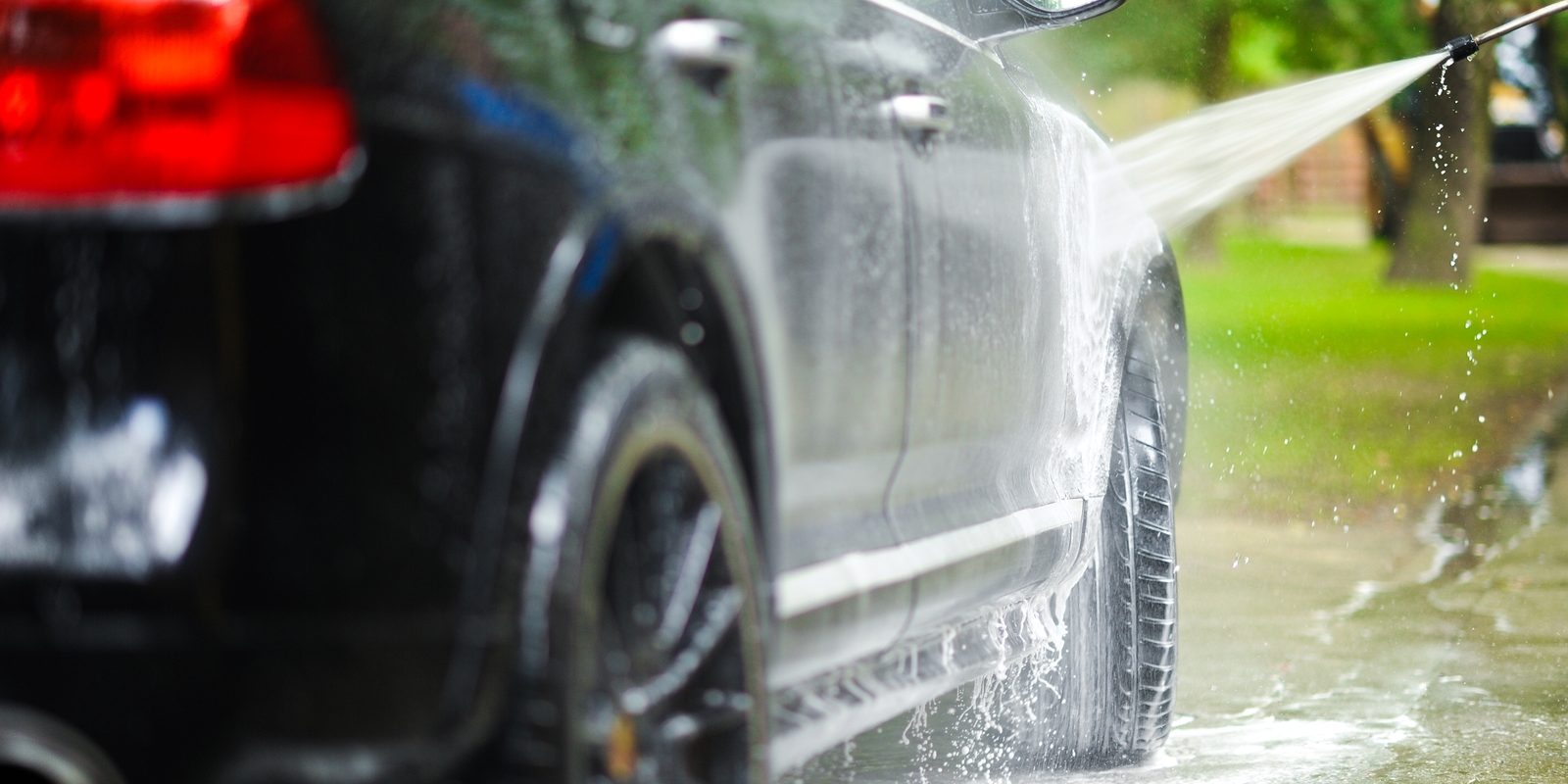Here are some affordable ways to reduce outdoor water usage this summer.
While many of these water saving ideas may seem too obvious, it is surprising how many homeowners we see wasting water in these ways. As a result of the prolonged California drought, water prices are on the rise. Taking inventory of your outdoor water usage may be worth the time and effort.
-
PLANTS & SHRUBS
Plant drought tolerant lawns, shrubs and plants If you are planting a new lawn, or over-seeding an existing lawn, use drought-tolerant grass seed. Select drought tolerant shrubs and plants. There are several attractive drought tolerant options that thrive with minimal water, even during the hot summer months here in Southern California. Eliminate thirsty perennial and replace them with drought tolerant native plants. Plant slopes with ground cover and plants that will retain water and help reduce runoff. It is also smart to group plants based on water requirements.
-
ADD MULCH
Add mulch around trees, shrubs and planting beds. Mulch will slow moisture evaporation while minimizing weed growth. Two to four inches of organic compost or bark mulch will help retain moisture and provide added nutrients to plants, trees, and shrubs.
-
WATER ONLY WHEN NEEDED
Test your grass – walk on your lawn, if the turf springs back after you step away, it has sufficient water. If it does not spring back, then watering in needed. The average lawn needs approximately 1 inch or water per week. Some drought tolerant lawns need even less.
-
LET YOUR GRASS GROW TALLER
Letting your grass grow taller during the summer will allow soil to retain moisture longer while protecting roots and reducing moisture evaporation due to harsh summer sun.
-
DEEP WATERING
Be sure when you are watering your lawn that you water long enough for the to soak down into the soil feeding the roots. Soil should be moist, but not soggy. It is better to sprinkle fewer times for longer periods than to sprinkle lightly. A light sprinkling can evaporate quickly and may encourage shallow roots. Tip: Place a bowl or cup in the lawn for a week to measure the amount of water your lawn is actually getting and adjust watering as needed.
-
WATER VERY EARLY IN THE MORNING
Early morning watering helps insure you are not losing water to evaporation which often occurs when watering later in the day, especially during hot summer months. Watering after dusk is not recommended as it can lead to fungus and root rot.
-
DON’T WATER WHEN IT IS RAINING
Turn off your sprinklers before a rain. Or, install a rain detector that can automatically deactivate your sprinkler system when rain is detected. There are a variety of rain detectors on the market. Look for one that is compatible with your system and offers the features you prefer. A rain detector can pay for itself within a few season.
-
TURN OFF THE HOSE WHEN WASHING YOUR CAR
Clean the car using a pail of soapy water. Use the hose, with a spray nozzle, only for rinsing. This simple practice can save as much as 150 gallons each time you wash your car. Better yet, take your car to a car wash or self-wash with high pressure hoses. Many self wash facility now filter and recycle water.
-
CHECK FOR OUTDOOR WATER LEAKS
Check for leaks in sprinklers, plant beds, spigots, hoses, and nozzles. Outdoor water leaks can waste gallons of water each month. And these days in California, many areas have “drought police” that can issue you a citation if water waste is not addressed promptly.
-
DON’T WATER YOUR HARDSCAPES
Make sure your sprinkler system is only watering plants. If your driveway, porch, patio, fencing, sidewalks or exterior walls are wet, you are wasting water. Monitor your sprinkler on calm and windy days and observe the coverage area for each and adjust sprinkler heads as needed to minimize over spray.

